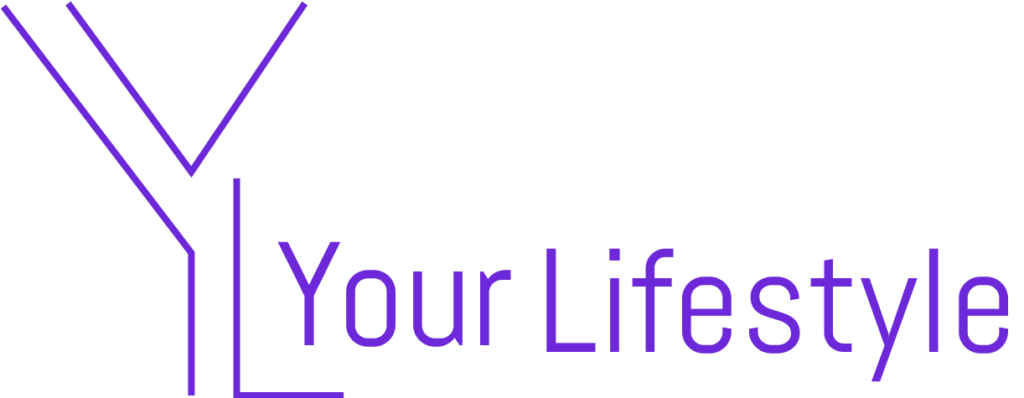
Is your phone, your alarm clock, your weather report, your to-do list, your entertainment center, and your emotional support system?
Digital life has crept into every corner of real life. And while there’s something impressive about having the entire internet in your pocket, it also comes with a cost: fractured attention, scattered thoughts, and that low-grade mental buzz that never really shuts off.
Enter digital minimalism. Not a cleanse. Not a guilt trip. Just a smarter way to manage your relationship with tech so your brain can finally take a deep breath.
Here’s how to get there.
Step 1: Take Inventory of Your Digital Clutter
Before you can declutter anything, you need to see the mess.
Start with an audit. What are you really dealing with? Scroll through your home screen. Check your notification center. Open your laptop and count how many tabs are open (if it’s more than 15, we should probably talk).
Look for:
- Unused apps that are just… there
- Email inboxes that haven’t been at zero since 2019
- Slack channels you no longer need but still somehow get pings from
- Random desktop files, duplicate downloads, and screenshots of things you don’t even remember screenshotting
This step is purely observational. No need to delete anything yet. Just get honest about how bloated your digital space has become.
Step 2: Audit Your Attention (Not Just Your Apps)
Digital clutter isn’t just about files and folders. It’s about the stuff that quietly eats your attention span without asking.
If you’ve ever opened Instagram to check one thing and resurfaced 47 minutes later with no memory of what you came for, you know what I mean.
Here’s a quick way to spot your attention leaks:
- Use apps like Moment, One Sec, or Screen Time (iOS) to track daily usage
- Identify your top 3 time-eating apps — not to shame them, just to see them
- Notice what times of day you reach for your phone without intention (hint: it’s usually transitions)
Once you can name your habits, you can start to reshape them.
Step 3: Start With a Low-Stakes Digital Cleanse
Forget cold turkey. Let’s start with a gentle reboot.
Pick a day or weekend for a mini digital detox. Nothing extreme. Just a chance to step back and see how you feel with less input.
Here’s a quick digital detox you can do without deleting your life:
- Turn off all non-essential notifications for 24 hours
- Move your most-used apps off your home screen or into a folder named “Think Twice”
- Leave your phone in another room while you sleep
- Avoid screen time for the first hour of the morning and the last hour before bed
Focus on pattern-breaking; not perfection.
Step 4: Declutter Your Apps, Files, and Feeds
This is the part that actually feels satisfying.
Apps
- Delete anything you haven’t used in 30 days
- Consolidate tools that serve the same purpose (do you really need five note-taking apps?)
- Hide the rest from your home screen unless you need them daily
Files & Folders
- Clear your desktop and downloads folder — every week, if possible
- Use tools like CleanMyMac, CCleaner, or Google One for smart storage cleanup
- Create a “Cold Storage” folder for stuff you might need but don’t want to see
Social Feeds
- Mute, unfollow, or unsubscribe from accounts that don’t add value
- Curate feeds that support the life you’re trying to build, not distract from it
- Bonus: unfollow anyone who makes you feel like you’re behind in life
This is your digital space. You’re allowed to make it feel like you.
Step 5: Build Healthier Digital Habits, One Rule at a Time
Decluttering is great, but without new habits, the chaos creeps back in. So, build a few low-effort, high-impact guardrails.
Try any (or all) of these:
- Phone-free meals — every time, no exceptions
- One screen at a time — no second-screening during Netflix
- Inbox zero Fridays — set a recurring calendar block and actually use it
- Do Not Disturb as a default — not a luxury, a survival tool
- Digital Sabbath — one day a week, low or no screens, even just for an afternoon
You don’t have to live like a monk. Just stop letting your phone schedule your thoughts for you.
Digital Minimalism Isn’t About Less Tech. It’s About Better Tech Use.
Nobody’s asking you to delete your accounts or throw your devices in the ocean. This isn’t a rejection of technology. It’s a rebalancing act.
The goal isn’t to live offline. It’s to live intentionally online.
When you declutter your digital life, you start to hear yourself think again. You remember what it’s like to be present in a moment, finish a thought, or sit still without reaching for a screen. You realize most of what you were scrolling through was noise. And the clarity that shows up in its place? That’s where the magic is.
Small shifts. Big impact. That’s the vibe.



